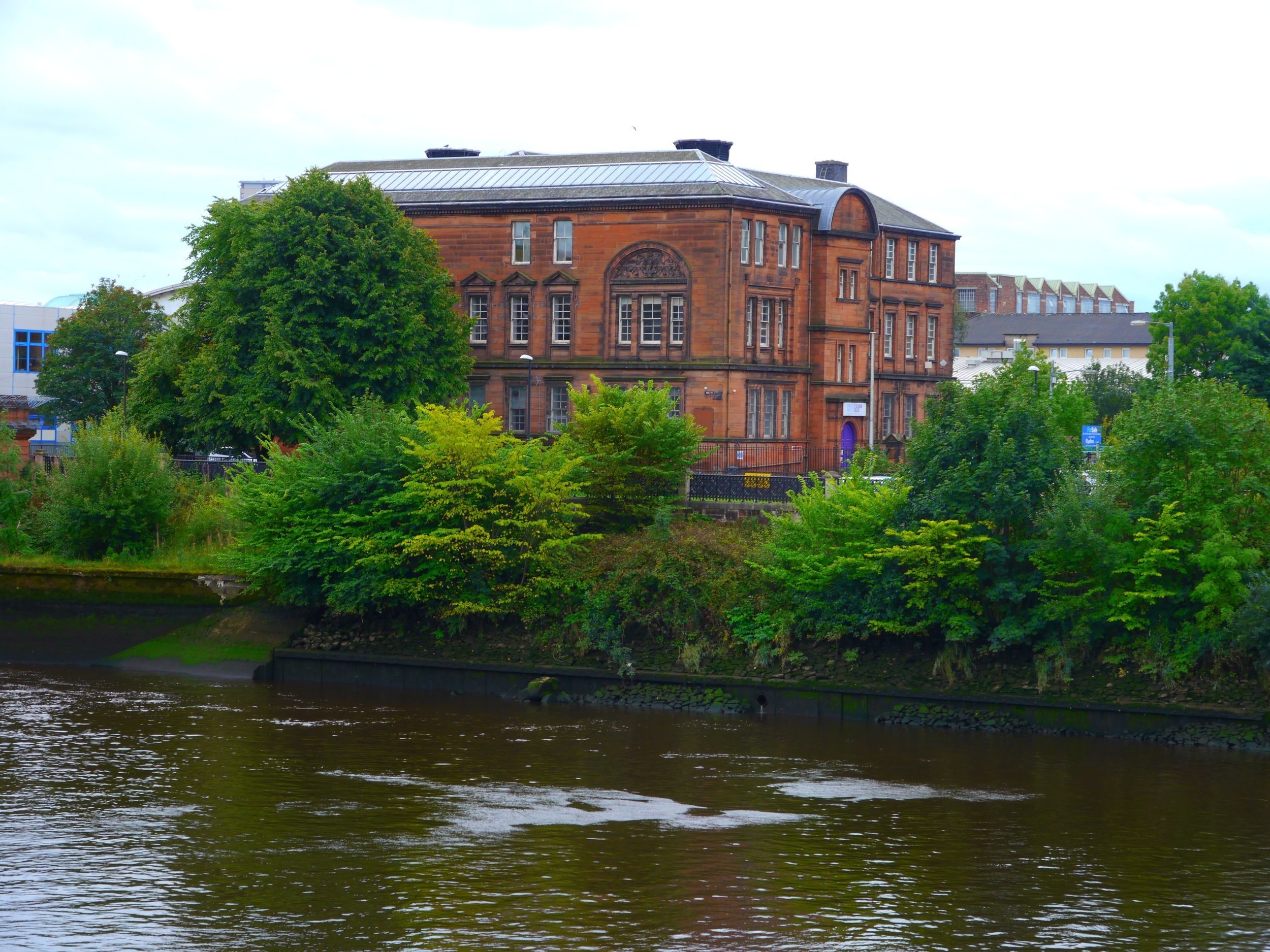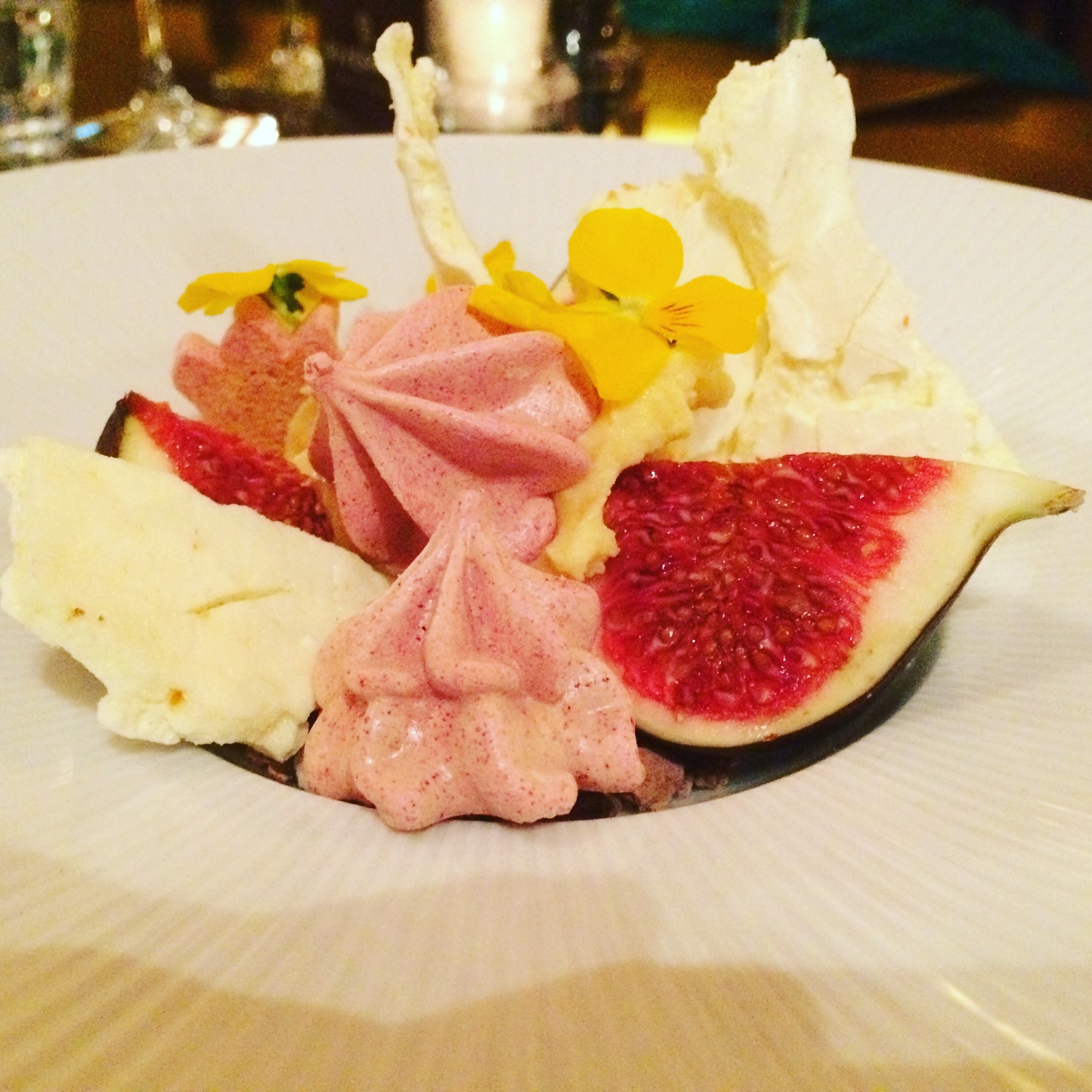A Guide To Foraging in Glasgow, Scotland

By Johanna Read
In Scotland, a law ensures that everyone has rights to most of the country’s outdoors, so long as the rights are exercised responsibly. This means citizens and tourists alike can enjoy the moors, glens, munros, bens and lochs not only with their eyes, ears, and noses, but also with their hands and tastebuds. The Scottish Outdoor Access Code allows foragers to harvest wild foods.
Foraging — a true commitment to local food — is a good way to connect with nature and to better understand what we cook and eat. As well, many wild foods have greater nutritional and medicinal properties that have been bred out of cultivated foods.
To learn more about foraging in Glasgow, join Galloway Wild Foods for one of their foraging walks. Walkers join Mark Williams to learn which wild foods are edible, how to eat them, and how to forage responsibly to protect from over-harvesting. Deliciously, most walks end with a meal featuring in-season foraged foods and beverages.

River Clyde Glasgow
River Clyde Glasgow. Photo by Johanna Read TravelEater.net
730 Great Western Rd
Glasgow G12 0UE
Those wanting a quicker taste should dine at a restaurant featuring foraged foods. An increasing number of Glasgow chefs are taking local food to a new level, creating menus featuring foraged foods from nearby green spaces including Glasgow Botanic Gardens.
Here’s a list of four places to dine on foraged foods on your Glasgow trip.
Cail Bruich
725 Great Western Rd
Glasgow, G12 8QX
Sourcing its ingredients from Scotland’s “natural larder”, this restaurant is in Glasgow’s West End, across the street from the Botanic Gardens. Chef Chris Charalambous picked up on the foraging trend when doing a stage at Copenhagen’s Noma, voted the world’s best by Restaurant magazine. Cail Bruich’s menu features modern Scottish cuisine made with French cooking techniques. One of my favourites is the Scottish classic cullen skink, a creamy fish chowder. Cail Bruich also hosts special seasonal events to take advantage of an abundance of ingredients, such as a September mushroom dinner.
The Ubiquitous Chip
12 Ashton Lane
Glasgow, G12 8SJ
Opened in the early 1970s by Ronnie Clydesdale, this West End eatery on quirky Ashton Lane has been promoting Scottish cuisine and Scottish ingredients well before it became a trend. Menus are, of course, seasonal. They also vary depending on whether you’re dining in the restaurant, on the roof terrace, or in another part of the multi-roomed building. You’ll find forest mushrooms, berries, herbs, seafoods and game meat on their menus.
Stravaigin
28 Gibson St
Glasgow G12 8NX
With their “Think global, eat local” ethos, it makes perfect sense for this restaurant and cafe bar to be called Stravaigin, which means “to wander”. Near the University of Glasgow, their menus have a global influence but feature Scottish ingredients. They grow some of their ingredients at Lochlibo, their farm southwest of Glasgow, which also hosts foraging events for local chefs. Foraged ingredients include garlic shoots, sorrel, sea lettuce, wild leeks, scurvy grass and mushrooms.
Riverhill
3 W Nile St
Glasgow G1 2PR
“Seasonality is very important to us and foraged food lets us really showcase the best of what the land has to offer,” says Dominc Wrighthouse, head chef at Riverhill’s Courtyard location.
Riverhill’s menus change often, and foraged foods are most likely to be found on daily specials and smaller event menus. You might find gin and lemon cured mackerel with scurvy grass and sea orach, or black bream ceviche, with sea buckthorn leche de tigre and samphire. I ate at their more casual Nile Street location, and can attest to Riverhill’s deliciousness.






